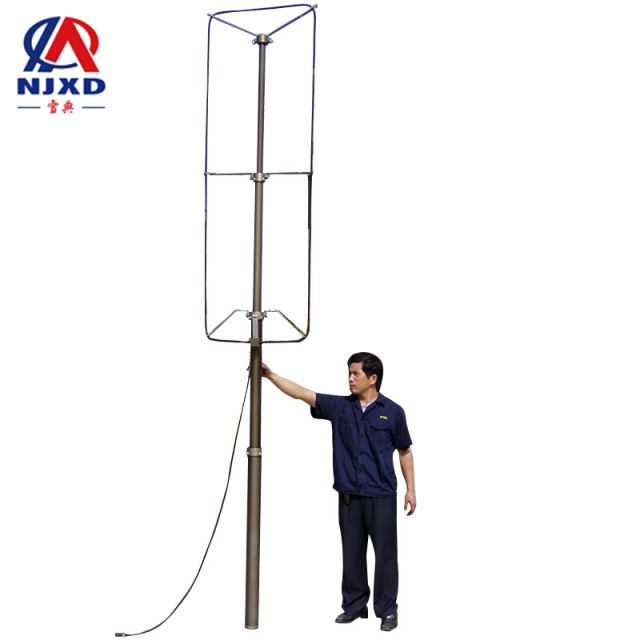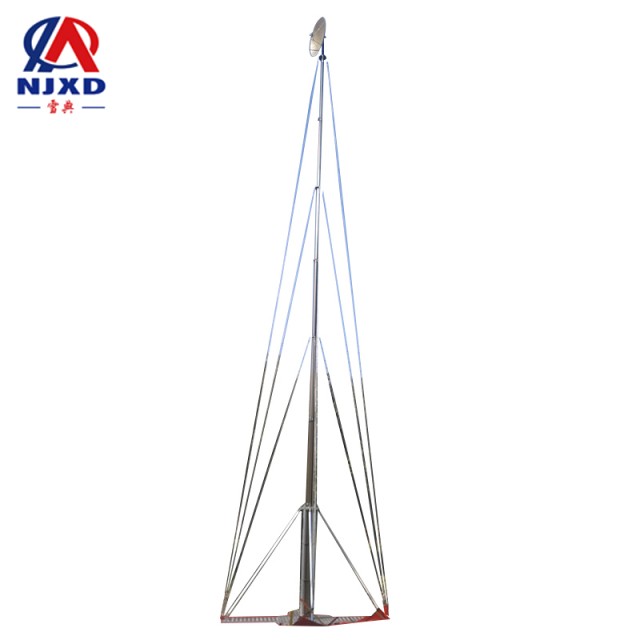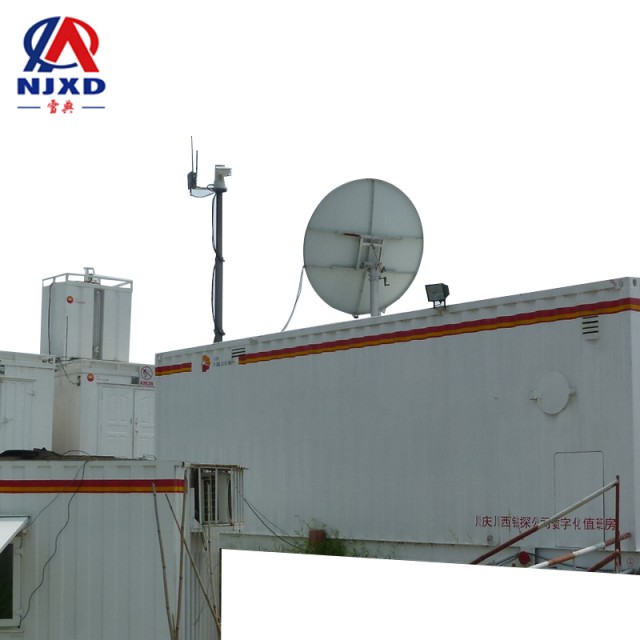NEWS
Short wave communication system antenna lifting bracket
Time:2021-07-26 View:

Short wave communication is a kind of radio communication technology with wavelength between 100 m ~ 10 m and frequency range of 3 MHz ~ 30 MHz.
Introduction
Short wave communication transmitting radio waves can only reach the receiving equipment through the reflection of ionosphere, and the communication distance is relatively long, which is the main means of remote communication. Because the height and density of ionosphere are easily affected by factors such as day and night, season and climate, the stability of short wave communication is poor and the noise is relatively large. However, with technological progress, especially the emergence and application of adaptive technology, burst transmission technology, digital signal processing technology, error control technology, spread spectrum technology, very-large-scale integration technology and microprocessor, short wave communication has entered a brand-new stage of development, and the sales volume of short wave communication equipment reached its highest level in history in 1988. At the same time, the inherent advantages such as convenient use, flexible networking, low price and strong invulnerability of short wave communication equipment are still important factors supporting the strategic position of short wave communication.

Importance of short wave communication
Despite the continuous emergence of new radio communication systems, short wave, an ancient and traditional communication method, is still widely valued all over the world, not only not eliminated, but also developing rapidly. Because it has advantages that other communication systems do not have.
First of all, short wave is the only remote communication method that is not restricted by the network Pivot button and active relay. If there is a war or disaster, all kinds of communication networks will be damaged and satellites will also be attacked. No matter what kind of communication mode, its anti-destruction ability and autonomous communication ability cannot be compared with short wave.
Secondly, in mountainous areas, Gobi, ocean and other areas, ultra-short wave is not covered, mainly relying on short wave.
In addition, compared with satellite communication, short wave communication does not need to pay telephone bills and has low operating costs.

Short wave the Theory of Communication
Since the short wave frequency is between 3 and 30 MHz, it mainly uses ionosphere reflection to propagate, and the propagation distance surrounds the Earth.
Short wave communication system
Short wave communication system consists of transmitter, transmitter antenna, receiver, receiver antenna and various terminal equipment. The front stage of the transmitter and the receiver are now all solid and small. The transmitting antenna mostly adopts broadband in-phase level, diamond-shaped or logarithmic periodic antenna, and the receiving antenna can also use herringbone and adjustable annular antenna array. The main function of terminal equipment is to increase echo loss to prevent ringing when connecting the four-wire system of sending and receiving branch with the common two-wire system, and to provide compression and expansion function.
Characteristics of short wave communication
According to the International Radio Advisory Committee (CCIR, now ITU-R), short wave is divided into electromagnetic waves with wavelength ranging from l00m to l0m and frequency ranging from 3MHz to 30MHz. Radio communication using short wave is called short wave communication, also known as high frequency (HF) communication. In fact, in order to make full use of the advantages of short-wave short-range communication, the actual frequency range of short-wave communication is 1.5MHz to 30MHz.

CATEGORY
NEWS
- Antenna feed wire lifting antenna bracket equipment
- Short wave communication system antenna lifting bracket
- Application of spread spectrum communication mobile communication ups and downs
- Brief introduction of microwave communication technology lifting microwave antenna bracket
- System structure of microwave communication of lifting antenna